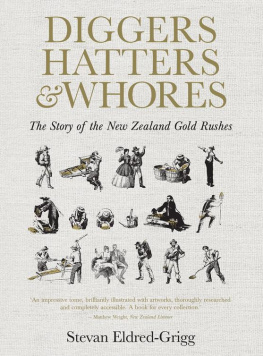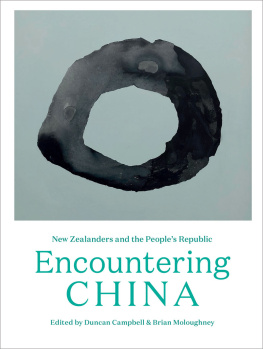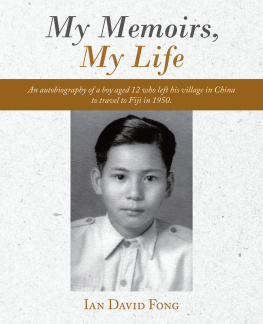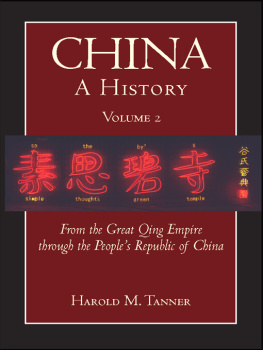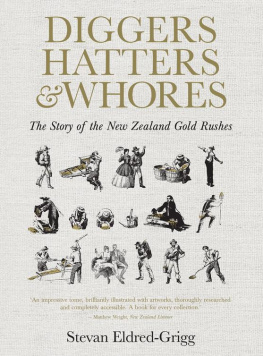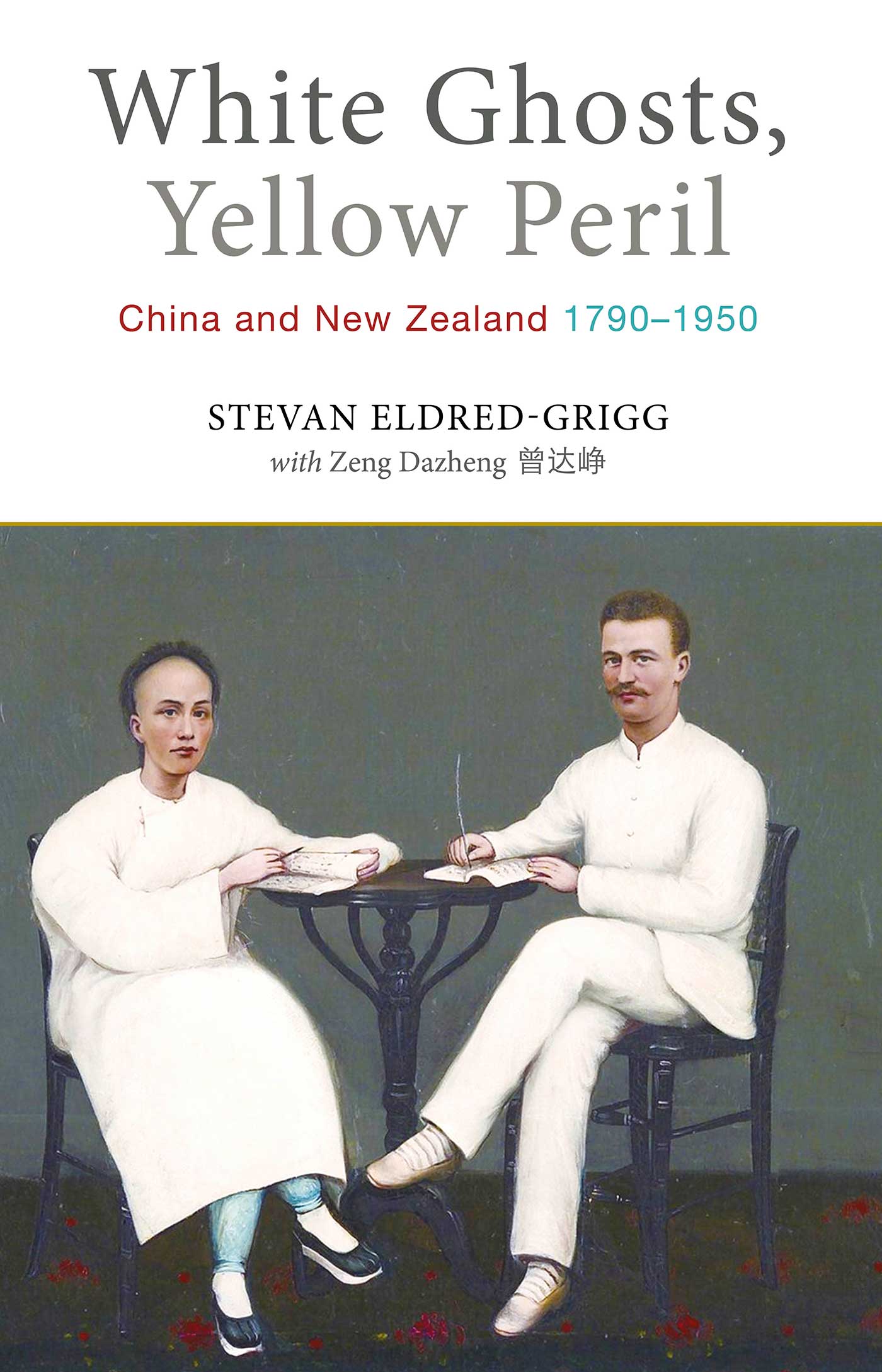ONE
FUR AND TEA
17901840
Introduction: suns and meteors
New Zealand and China in 1790 were unknown to one another, seemed unlikely to come into contact for years, and were in many ways opposites. China, an immense subcontinent whose people had been writing books and building cities for more than three thousand years, glowed like a sun in the middle of a complex satellite system of colonies and protectorates. New Zealand, a young archipelago, was home to a tribal people who had lived there for only 500 years.
The two countries were very different, very far away from one another, but they were about to come into contact for the first time.
China was a Western word, of course, used as shorthand to speak about the states governed by Manchu clans and their supporters under the reigning dynasty, the Qing. The empire was strong and had been growing still stronger for most of the eighteenth century. Wealth from a booming economy paid for colonial conquest of territory in the north and west, where the Qing in the 1750s rolled their power right over the whole of Mongolia and Turkestan, or what the West at the time called Tartary.
The heavenly empire itself had no single word to describe its own complexity. Middle Land (Zhongyuan) defined the core provinces, thickly peopled, tightly tilled, where subjects of the imperial government mostly spoke one or more of the many languages and dialects today grouped together by linguists as Chinese. The delta provinces at the mouth of the big rivers were very rich, their highly fertile fields yielding raw material for long chains of selling, processing and reselling that made a good living for thousands of crowded cities and constantly plying fleets of ships.
Manchuria (Manzhou), the homeland of the dynasty, was a state of forests and steppes sprawling northwards from China. The people were mostly Manchu, speaking a language more closely akin to Mongol and Turkish tongues than to Chinese. They were citizens rather than vassals, and their wide-open spaces were forbidden to the subject peoples of China.
Outside the two core states was a ring of satellite colonies and protectorates. Making matters still more complex, though, the imperial government in its ceaseless proclamations had begun to blur boundaries between China and Manchuria, and between the two core states and some of the protectorates. Tibet, Mongolia and Turkestan were increasingly spoken about as though they belonged, together with the core states, to one empire known interchangeably by the imperial court as Middle Land and Qing Land (Qingguo). China also was in constant contact with Central Asia, Southeast Asia, South Asia, the Middle East and Europe.
Europe and China, subcontinents at the western and eastern ends of the same landmass, had been trading goods and swapping thoughts in a small way for several hundred years. Chinese intellectuals occasionally examined the philosophical and scientific thinking of Europe. European intellectuals occasionally examined the philosophical and political thinking of China. Leibniz, a leading German philosopher at the end of the seventeenth century, portrayed the other end of the continent as a model society. China, he wrote, surpassed the West in practical philosophy, that is, in the precepts of ethics and politics.
Yet the empire really was very dynamic. New techniques were always being worked out and applied Imperial subjects were streaming out from its home provinces to colonise new lands in Southeast Asia.
Not, as yet, New Zealand.
What did the peoples of the empire know about New Zealand? World maps printed in the Qing realm since the late seventeenth century had shown an island to the southeast of what we now call Australia. The first, published in 1674 on the orders of the imperial government, showed Xin Selandiya not as a narrow archipelago but as one plump island.
China was even less known to the New Zealanders.
Not that they called themselves New Zealanders, or their archipelago New Zealand. They knew themselves by the names of their tribes, and their islands by various names, among others Te Wai Pounamu and Te Ika a Maui. The two main islands and smaller islands sweeping in a shallow crescent through the southwest Pacific were home to a peasant society, a tribal people living in villages of wood and reeds. Their ancestors had begun crossing the seas from Southeast Asia several thousand years earlier but since then they had evolved their own way of life half a world away, with no trade or other contact with East Asia. New Zealand was still a small meteor well outside the orbit of the two powerful solar systems of Europe and China.




